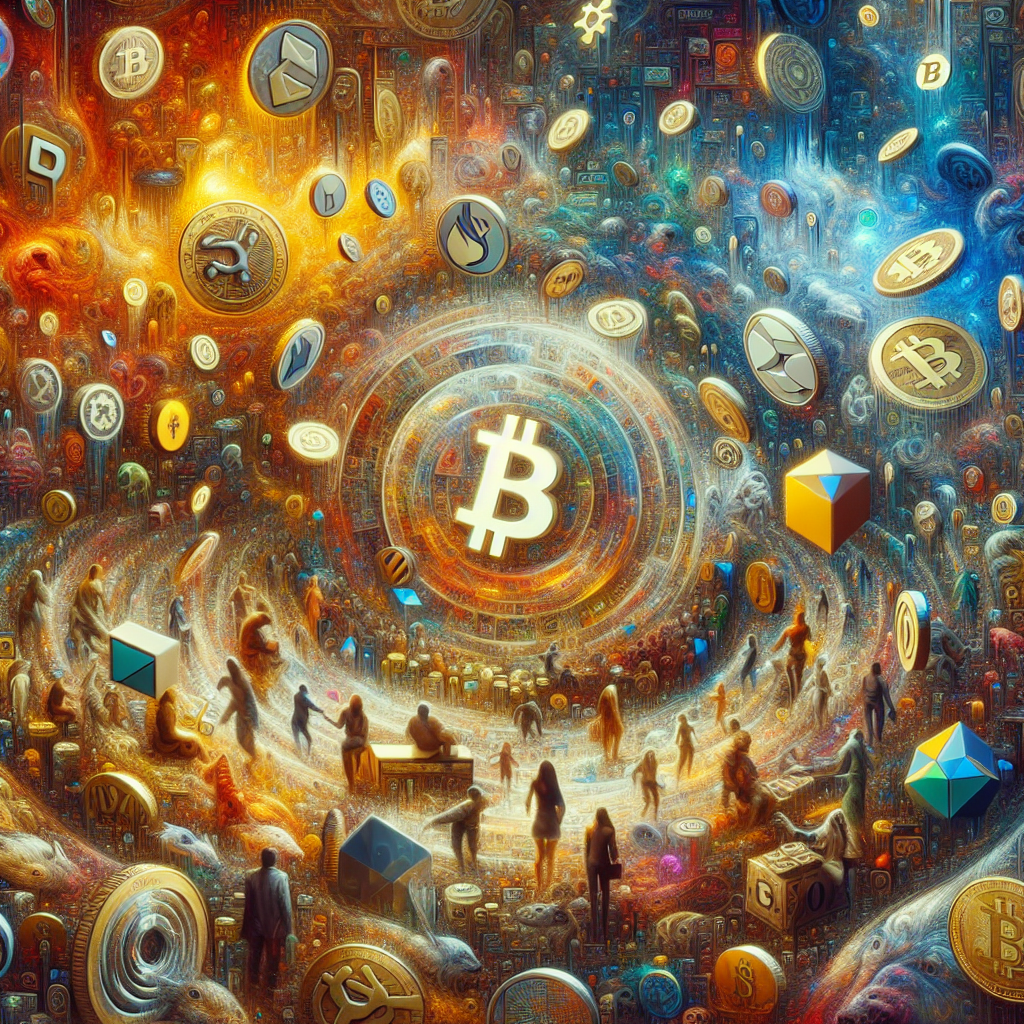
Famed Investor Highlights Speculative Mania Over Trump Crypto Coins

Trump-themed crypto coins exemplify how speculative trends rooted in culture and ideology reflect shifting market behaviours.
In financial markets marked by constant change and speculation, certain trends often stand out as a reflection of collective investor psychology. A noted short seller has recently drawn attention to an unusual phenomenon—Trump-themed crypto coins—highlighting their emergence as indicative of speculative excesses within the current economic climate. These coins, which reference political figures and themes, appear to represent a blend of novelty, ideological appeal, and speculative opportunity. Their growing popularity showcases how some investors embrace high-risk ventures and symbol-laden commodities despite market unpredictability.
The creation and demand for such coins underscore the allure of politically charged assets. While traditional financial instruments rely on established metrics like earnings or market fundamentals, these politically themed tokens thrive on cultural relevance. Investors are seemingly driven by a fusion of speculation, meme culture, and the hope of rapid profit-making rather than disciplined, evidence-backed analysis. This type of trend, however niche, can provide a broader look at how smaller corners of the marketplace embody larger economic behaviours.
The short seller has pointed out that speculative bubbles, akin to such tokens, are fuelled by collective moods rather than viable fundamentals. Crypto, as a sector, often embraces volatility, but the emergence of assets linked to individuals or ideologies pushes the boundaries of rational investing. Such trends may symbolise a marketplace where speculative experimentation increasingly replaces systematic decision-making.
While these coins may initially appear as a novelty or harmless quirk, they raise concerns about how economic factors like inflation, monetary policy, and income disparities push people towards risky choices. In an era of financial uncertainty, speculative allurement can thrive, and politically themed assets become proxies for cultural movements within the economy.
Some critics argue that these types of investments mirror broader shifts towards short-term thinking in a digitised, meme-driven market environment. Furthermore, they risk amplifying financial divide, with inexperienced or smaller investors often unaware of the high risks. However, defenders of such trends argue that decentralised financial ecosystems should accommodate a wide array of assets, even the unorthodox ones, as symbols of market freedom.
Whether these speculative forays hold lasting value or exist as fleeting market anomalies, they signal the increasingly blurred lines between ideology, culture, and investment. The rise of themed coins, like those referencing Trump or other societal elements, highlights how financial choices are affected by narratives rather than objective value. This development likely invites ongoing debate about what investments mean in contemporary financial ecosystems.